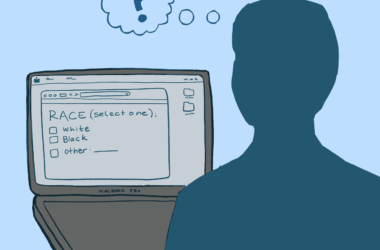 Ryan Resiert
Ryan ResiertCraig Mundie, Microsoft’s chief research and strategy officer, spoke at McGill last Friday about the future of human-computer interaction and Microsoft’s contributions to the field.
Many students anxiously awaited the talk, including Joel Cheverie, a U0 mathematics student.
“I use Microsoft [products] everyday and so I want to see every development. My class was cancelled because my professor was in a roundtable with [Mr. Mundie], so I figured it should be good,” Cheverie said.
The talk was one in a series of presentations given by the Microsoft executive at various institutions. While at McGill, Mundie also met with principal Heather Munroe-Blum and held a roundtable with many of McGill’s professors and students from different faculties.
“It’s good to have some cross- fertilization between liberal arts and sciences, because there is a lot of room for each to contribute to each other,” Mundie said.
Computers have changed over the last few years, not only in computational power but also in analytic capabilities, and our interactions with them have changed as a result.
To illustrate exactly where he sees computers going in the future, Mundie demonstrated Microsoft’s WorldWide Telescope (WWT), a computer program which turns complex data sets into useful information. Using massive computing power, the project blends terabytes worth of images and information from various sources like ground- and sky-based telescopes to map the known universe. In his presentation he displayed a map of the continental United States and, after processing and overlaying huge data sets, WWT rendered a three-dimensional precipitation map.
Mundie also presented Microsoft Research’s Organ Navigator, which can display cross sections of the human body with the ability to zone in on any specific organ at any angle or cross section.
“Can we teach a machine to identify organs based on a read-out like a radiologist knows how to do? Yes. All those processes that had to be guided by a human is just not true anymore [sic],” Mundie said.
He also discussed the real world capabilities of the Kinect, which has sold eight million units faster than any other computing device as certified by Guinness World Records.
Mundie spent considerable time showcasing Kinect’s capabilities, which include advanced functionality like three-dimensional model making and teleconferencing with up to eight participants. One goal of Kinect is to allow conversing in a natural way, as if participants were in the same room. All of these advances are supposed to enhance the computer-using experience and bring it closer to reality. Although the avatars can replicate facial and hand gestures, they still require a suspension of disbelief since they are computer expression characters.
Mundie, however, remained hopeful.
“We are not very far from blending the virtual and real worlds together,” he said. “It will one day be possible for the computer to be able to write the program for you and learn from you what is needed to analyze the data.”
The talk was very well received by student attendees.
“It was really engaging and had really innovative proposals,” Julietta Jakubowicz, a U3 software engineering student, said. “I was shocked because the stuff he showed was daring and experimental; much more than the public face of Microsoft with consumer products. It showed some high impact examples of cutting edge research.”








